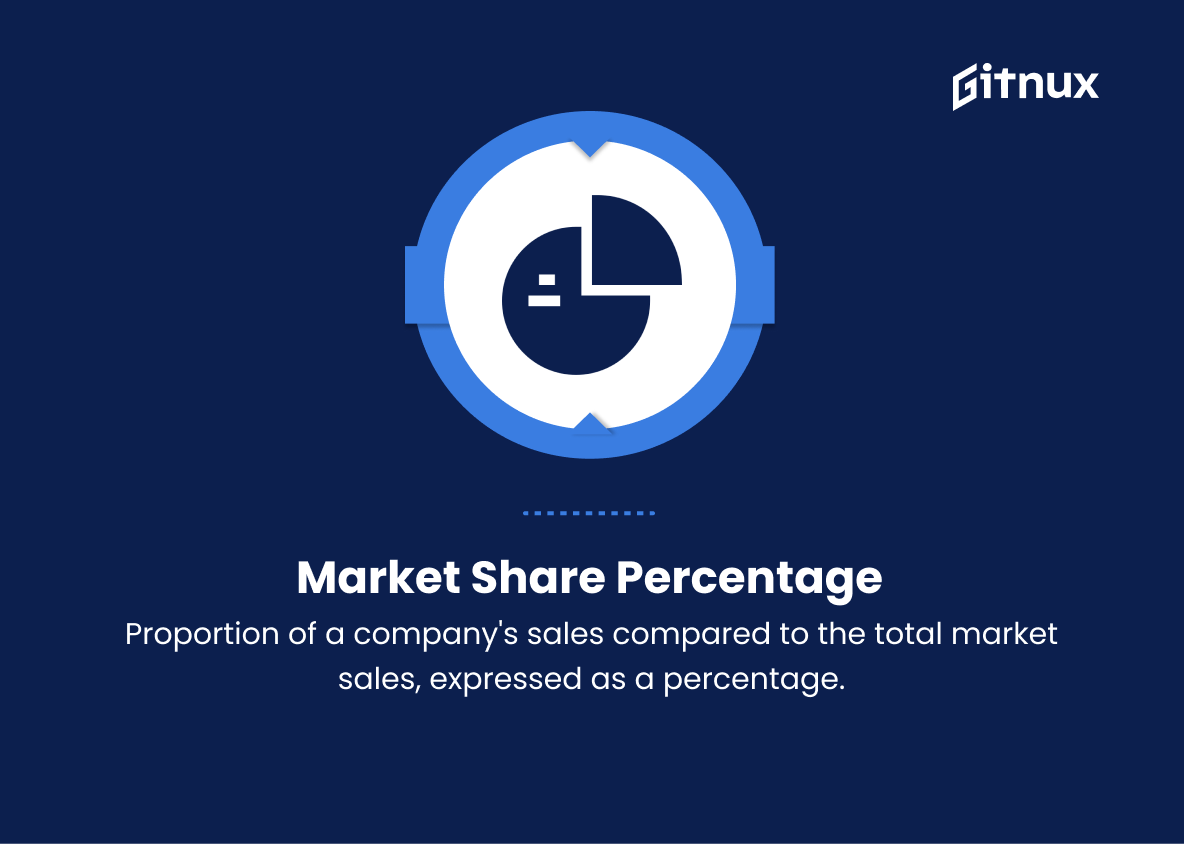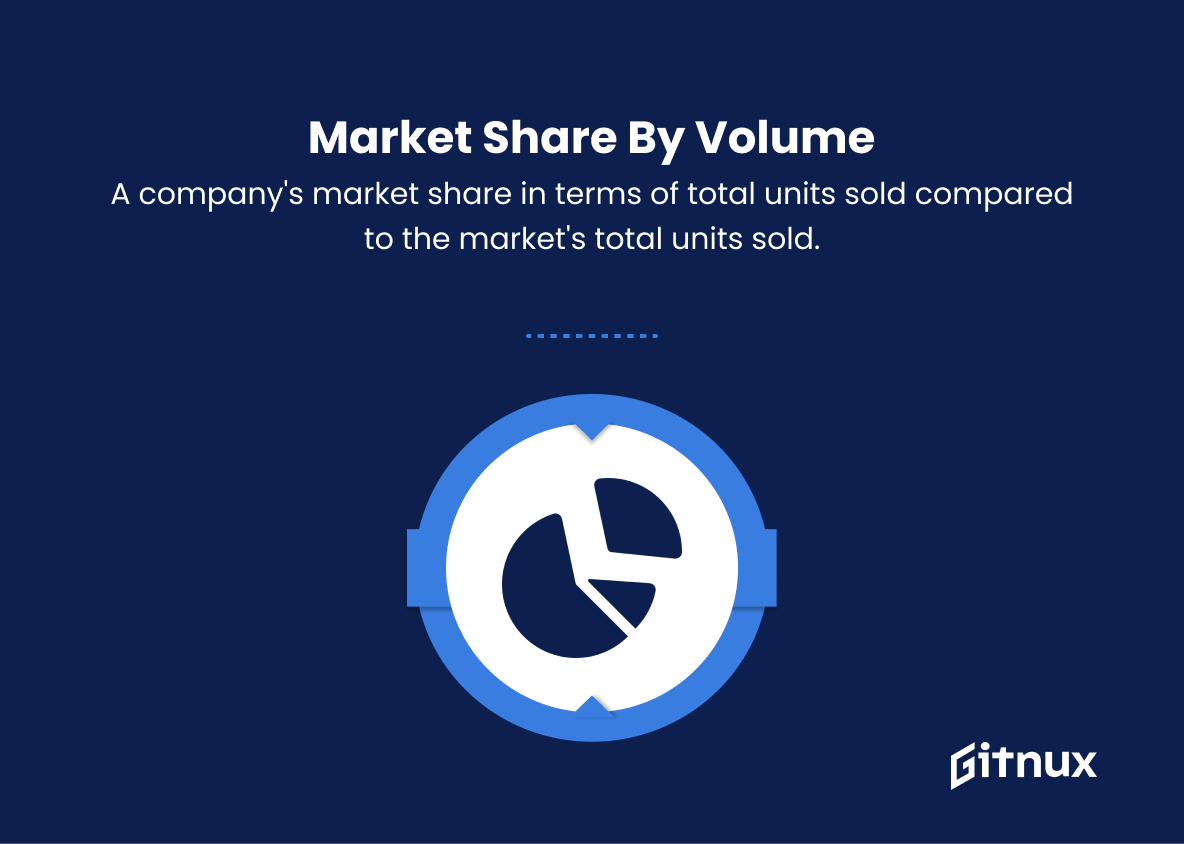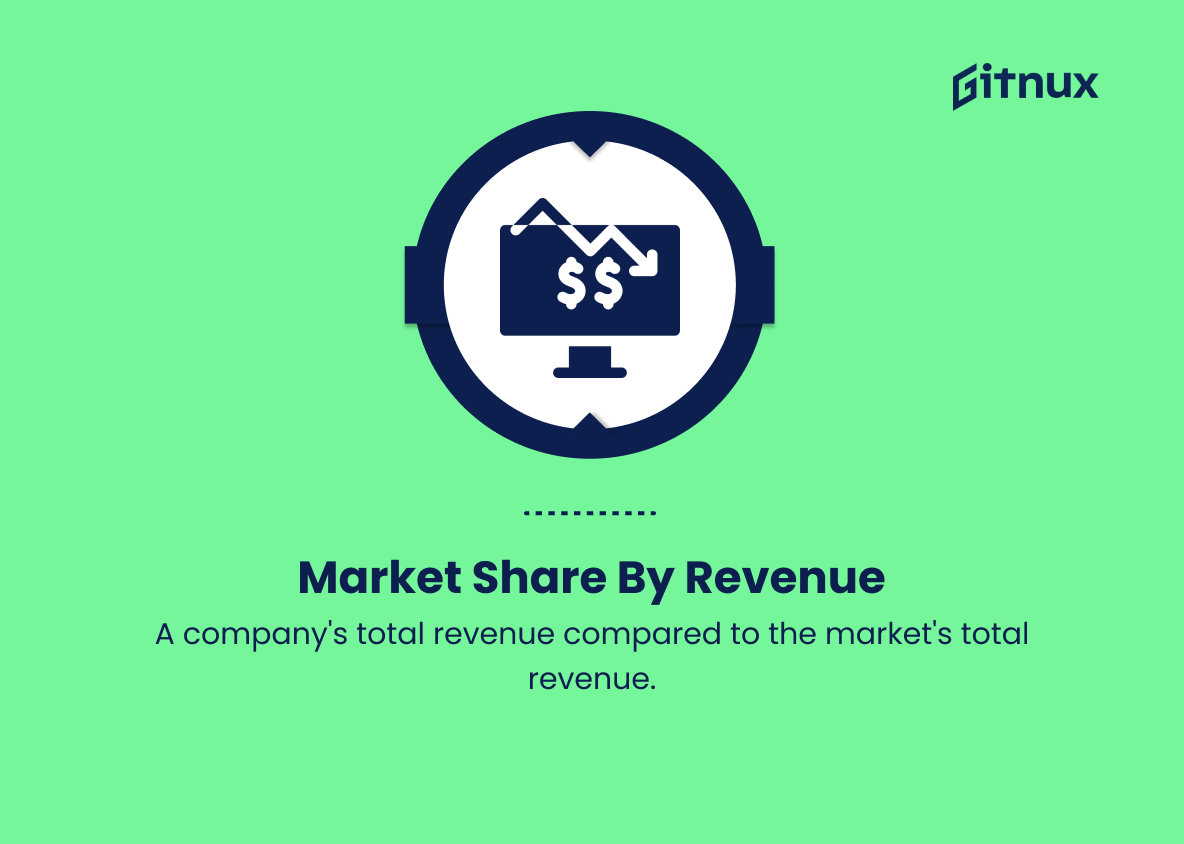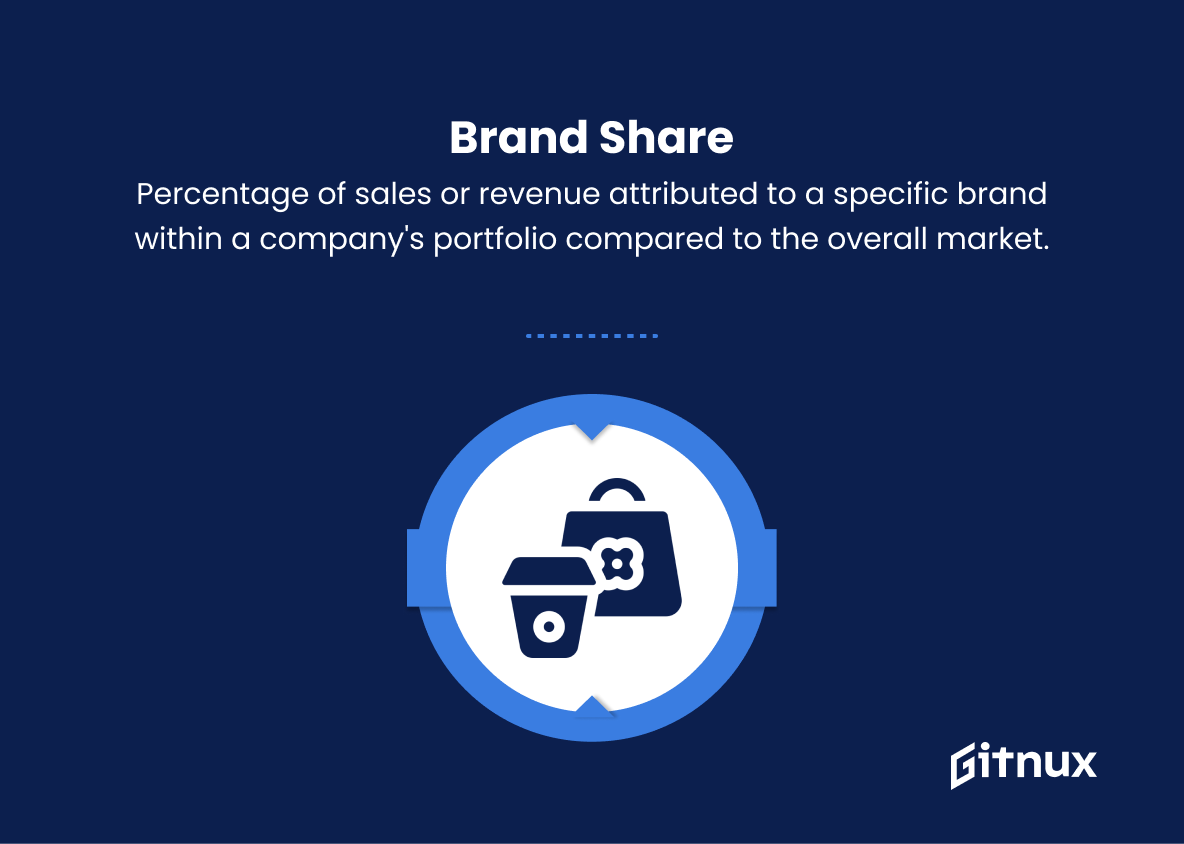In today’s fast-paced business landscape, understanding market share metrics is more critical than ever. As competition continues to grow fiercer, companies must be armed with the knowledge of their standing within the specific industry, and the ability to not only maintain but actively grow their market share.
This blog post delves into the vital topic of market share metrics, examining their significance, best practices for measuring and analyzing them, along with actionable insights for improvement. Let’s embark on an eye-opening journey into the world of market share metrics, empowering your business to strategize, adapt, and ultimately thrive in the relentless game of market domination
Market Share Metrics You Should Know
1. Market Share Percentage
This metric shows the proportion of a company’s total sales relative to the total sales of the specific market or industry it operates in. It is calculated by dividing a company’s sales by the total sales of the market, then multiplying the result by 100.
2. Relative Market Share
This metric compares a company’s market share to that of its closest competitor. It is calculated by dividing a company’s sales by the sales of the closest competitor, with a larger ratio indicating a stronger market position.
3. Market Share Growth
This metric measures the change in a company’s market share over a specific period of time. It can be calculated by comparing the difference in market share between two periods and dividing the result by the initial market share.
4. Market Share by Volume
This metric measures a company’s market share in terms of the total number of units sold compared to the total units sold by the market. It is calculated by dividing a company’s unit sales by the total unit sales of the industry or market.
5. Market Share by Revenue
Market share by revenue is a measure of a company’s total revenue compared to the revenue generated by the entire market. It can be calculated by dividing a company’s revenue by the total revenue of the industry or market.
6. Market Segment Share
This metric measures a company’s market share within a specific market segment or sub-category. It is calculated by dividing a company’s sales in that specific segment by the total sales in that segment for all companies.
7. Market Share of Customer Wallet
This metric assesses a company’s share of its target customer’s spending in a specific market or industry. It is calculated by dividing a company’s revenue from the target customer group by the total spending of that customer group in the market.
8. Market Penetration Rate
This metric measures the percentage of potential customers that a company has reached within a specific market. It is calculated by dividing the total number of customers served by the company by the total number of potential customers in that market, then multiplying the result by 100.
9. Share of Voice (SOV)
This metric indicates the proportion of a company’s advertising and promotional activities compared to the total advertising and promotional activities within the market. It is calculated by dividing a company’s advertising spend or publicity by the total advertising spend or publicity of the industry or market.
10. Brand Share
Brand share measures the percentage of sales or revenue attributable to a specific brand within a company’s portfolio, as compared to the overall market. It helps to determine the relative strength of various brands within the market.
Market Share Metrics Explained
Market share metrics are crucial for businesses to understand their position within an industry, as well as how they perform compared to competitors. Market share percentages reveal a company’s contribution to the overall sales within the industry, providing insight into their dominance in the market. Relative market share, on the other hand, compares a company’s market share to its closest competitor, offering a clearer view of competitive positioning. Market share growth tracks changes in a company’s position over time, while market share by volume and revenue measure the company’s share in terms of units sold and generated revenue, respectively.
Market segment share assesses a company’s presence within specific niche markets, and the market share of the customer wallet evaluates a business’s share of target customers’ spending in the industry. Market penetration rate quantifies the proportion of potential customers reached by the company, while the share of voice (SOV) showcases a company’s advertising and promotional exposure. Lastly, brand share ascertains the relative strength of various brands within a market, providing valuable information for portfolio management and marketing strategies.
Conclusion
In closing, market share metrics provide crucial insights for businesses looking to maintain a competitive edge and gauge their success within the industry landscape. By examining data and trends, companies can identify areas of strengths, weaknesses, and opportunities for growth, while also informing strategic planning and decision-making processes.
In an ever-evolving global market, it is essential for businesses to prioritize understanding their market share to ensure they remain adaptable, impactful, and ultimately, successful.










